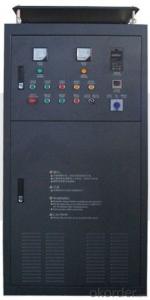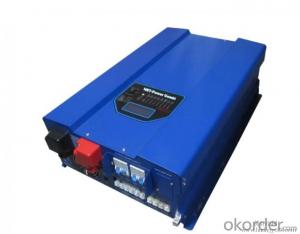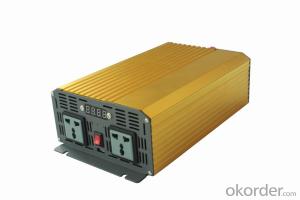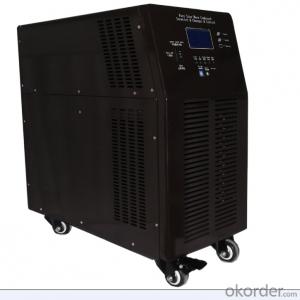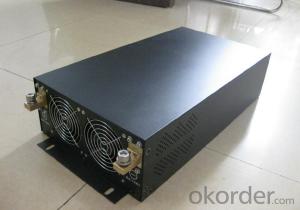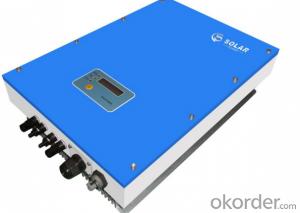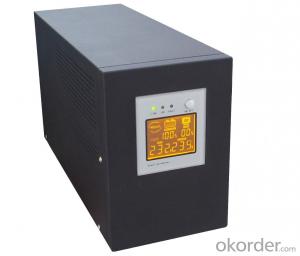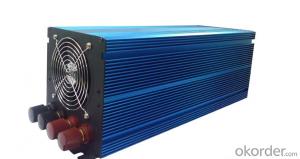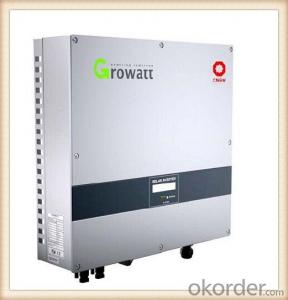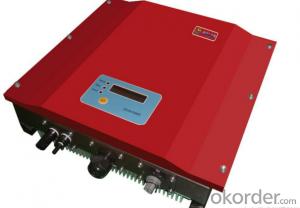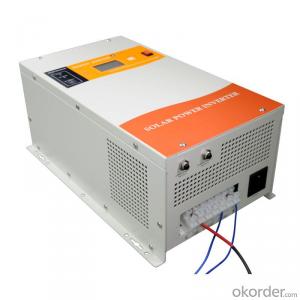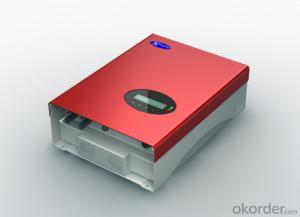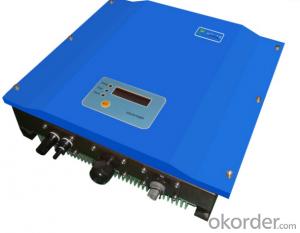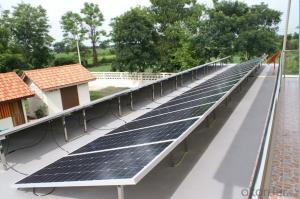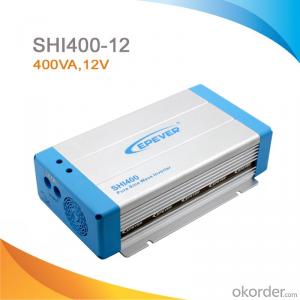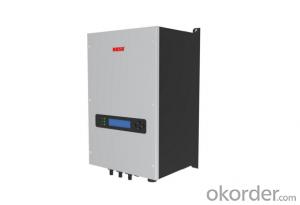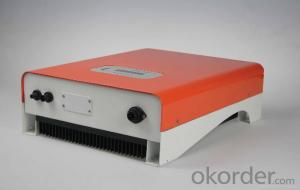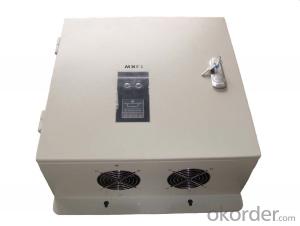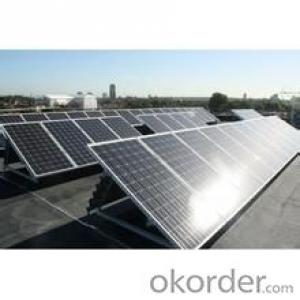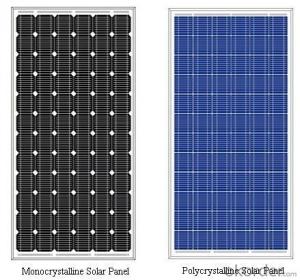Chinese Solar Inverter
Chinese Solar Inverter Related Searches
Solar Inverter China China Solar Panel Inverter China Hybrid Solar Inverter Chinese Solar Inverter Brands China Solar Inverter Price Best China Solar Inverter China 220v Solar Inverter China Infini Solar Inverter Taiwan Solar Inverter Best Solar Inverter In China Solar Inverter Taiwan Solar Inverter Price In China Japanese Solar Inverter Solar Solar Inverter China 3 Phase Solar Inverter Germany Solar Inverter Huawei Solar Inverter Inverter Solar China Solar Inverter 1000kw China 5000w Solar Inverter China Mppt Solar Inverter China 10kva Solar Inverter Chinese Solar Cells China Solar Module Inverter Solar Cell Solar Inverter Company Smart Solar Inverter Smart Inverter Solar Solaris Solar Inverter Solar Inverter ItalyChinese Solar Inverter Supplier & Manufacturer from China
Chinese Solar Inverters encompass a range of products designed to convert solar energy into usable electrical power. These inverters play a crucial role in the solar energy industry, ensuring that the power generated by solar panels is efficiently transformed into a form that can be utilized by homes, businesses, and other establishments. They are essential components in solar power systems, facilitating the integration of renewable energy into the power grid. The applications of these inverters span across various sectors, including residential, commercial, and industrial settings, where they contribute to reducing reliance on fossil fuels and promoting sustainable energy practices. As a result, they are increasingly being adopted in regions with abundant sunlight, helping to mitigate the environmental impact of traditional energy sources.Okorder.com stands out as a leading wholesale supplier of Chinese Solar Inverters, boasting a comprehensive inventory that caters to diverse customer needs. The platform offers a wide selection of high-quality inverters, ensuring that buyers can find the perfect match for their specific solar power requirements. With a commitment to providing reliable and efficient products, Okorder.com has established itself as a trusted source for solar inverters in the global market.
Hot Products

